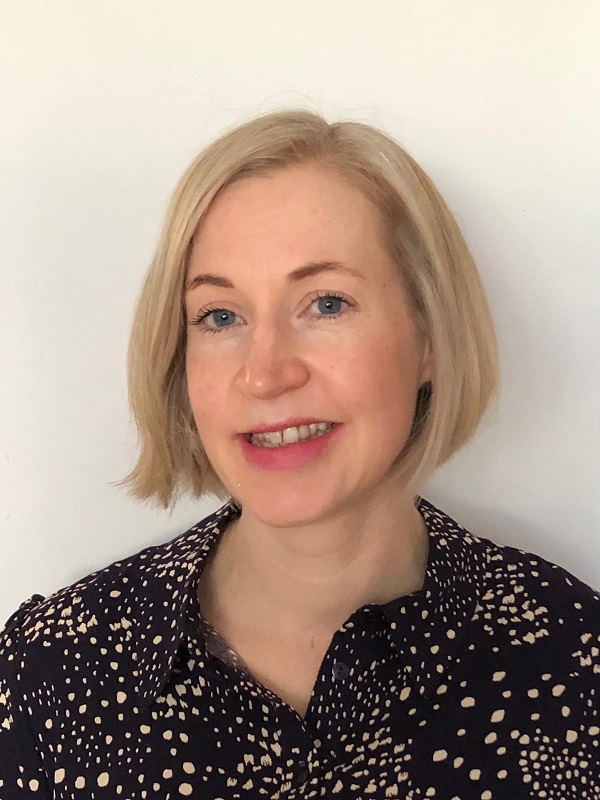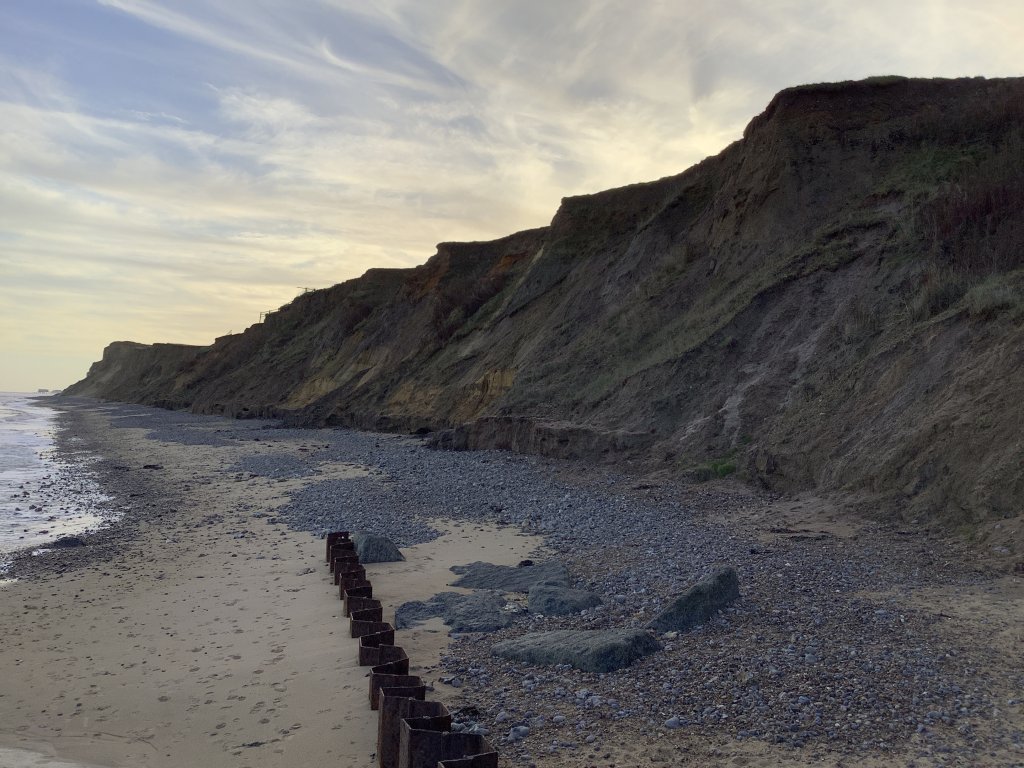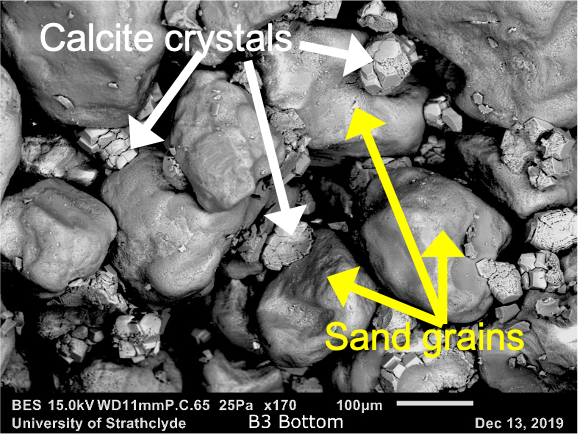MICP for repair and protection of coastal assets

MICP for repair and protection of coastal assets

Primary Investigator: Dr Gráinne El Mountassir, University of Strathclyde
Co-Investigators: Dr Riccardo Briganti – University of Nottingham, Dr Megan Barnett – University of Nottingham
Context
With climate change predicted to contribute to rising sea levels and ultimately increased coastal flooding and erosion, it is imperative that in the UK we seek to develop innovative new approaches for protecting and managing our coastal assets, to ensure that coastal services can be maintained for communities in a changing climate. Research has shown that most beaches in Norfolk are becoming steeper and shorter, this has a knock-on effect that beach access routes have become impassable in many locations with access ramps ending mid-air. When these assets become unusable it significantly limits the range of services the coast provides, leading to a disconnect between communities and the coastline. Conventional engineering materials (e.g. concrete) can exhibit accelerated degradation in coastal environments, result in degraded materials remaining on-site and have a high associated carbon footprint. In this project, we propose that microbially induced carbonate precipitation (MICP) could be used to repair and protect existing coastal assets using locally available materials in coastal environments to reduce transportation of materials to site, potentially reducing cost and carbon footprint of repairs. As well as repairing access ramps, MICP also has potential to be deployed to protect other coastal assets and infrastructure at risk from scouring, including sea wall defences, access steps, and retaining walls.

Microbially induced carbonate precipitation
MICP via ureolysis relies on the activity of bacteria to hydrolyse urea, producing a local pH increase and carbonate ions, promoting the precipitation of calcium carbonate (CaCO3).The precipitation of CaCO3 within porous media results in grains becoming cemented together and as such, the process has been widely investigated for soil stabilisation, with demonstrated improvements in compressive strength, shear strength, and stiffness in sands and gravels. Treatment of sands via MICP has resulted in UCS values up to 11MPa, MICP has a number of advantages over traditional grouting materials (e.g. cementitious grouts) including: (i) small particle size governed by the size of bacteria cells (~0.5mm in diameter) and (ii) low viscosity of treatment fluids (1.1mPa.s). These properties enable excellent penetration of MICP treatment fluids into granular media and under much lower injection pressures compared to cementitious grouts.
Very few studies to date have investigated the influence of wave action on the erosion behaviour of MICP-treated soils. In this project, MICP-treated sands will be subjected to high-velocities, and in turn shear stresses, simulating coastal storm conditions.
Most MICP studies to date have used the organism Sporosarcina pasteurii (S. pasteurii)to induce carbonate precipitation due to its high urease activity. Yet, microorganisms capable of inducing carbonate precipitation are ubiquitous in natural environments. Stimulating native microbial community could not only reduce cost, remove issues associated with large-scale growth/transport of bacterial suspensions and requirement for on-site technical expertise but could also improve public acceptance of MICP as a technique, particularly in environmentally sensitive environments.

Aims & Objectives
The overarching aim of this project is to assess the potential for MICP to be deployed in coastal environments. To address this there are three main objectives:
- Quantify the impact of high-energy wave action on the erosion behaviour of sands treated via MICP using S. pasteurii (bioaugmentation).
- Explore the potential for indigenous microbial communities to induce carbonate precipitation via the ureolysis pathway (biostimulation).
- Via engagement with project partners, identify coastal sites for potential deployment of MICP technology in a follow-on full-scale demonstration project.
Project Team
Dr Grainne El Mountassir (Principal Investigator) is a Reader in Geotechnical Engineering andholdsa UKRI Future Leaders Fellow. Her research interests are in the application of microbial processes (using bacteria and fungi) in ground engineering.
Dr Riccardo Briganti (Co-investigator), is an Associate Professor in Coastal Engineering. He is an expert in modelling coastal morphodynamics and sediment transport. His research focuses on understanding physical processes occurring within individual wave cycles in the nearshore region and fast evolving flows.
Dr Megan Barnett (Co-investigator) is a geomicrobiologist with expertise in microbial detection in extreme and low biomass environments, molecular biology and characterisation of microbial communities.